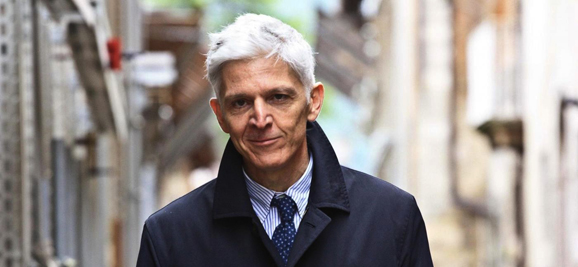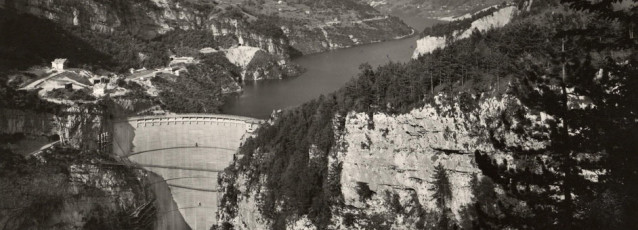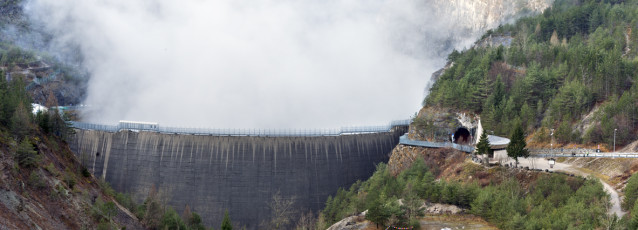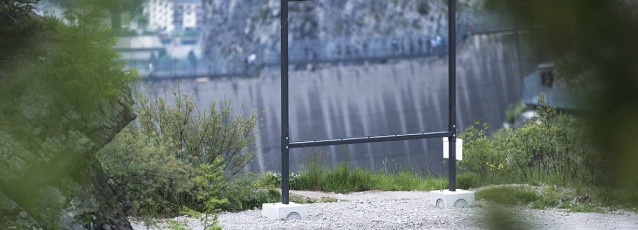massimo bray, former italian minister of culture, perfectly understood the spirit of the dolomiti contemporanee project. we would like to thank him for his support, ad we’re looking forward to see him here, in these high lands, in our new project sites soon.
here his considerations:
“#laculturachevince (#theculturethatwins)
in the aftermath of the #Dolomites’ addition to the #UNESCO World Heritage Sites list, a local work team has started to passionately make plans so that not only the naturalistic, contemplative sie of their territory, but also its most valuable locations, from an anthropological, sociological and cultural standpoint – disused industrial plants, abandoned facotries, depressed spaces that are, however, full of suggestion – could take part in the definition of a unparalleled landscape.
In these spaces, used as temporary residence, have been housed 150 artists in 3 years, whom have transformed and given value in an extraordinary manner the dolomitic territory, creating a net that, with time, has involved a large part of its community.
Their project is called Dolomiti Contemporanee.”
 photo: la presse/manuel romano
photo: la presse/manuel romano
massimo bray, ex ministro della cultura del nostro paese, ha compreso perfettamente lo spirito del progetto dolomiti contemporanee. lo ringraziamo del suo sostegno, e lo aspettiamo a breve in queste terre alte, nei nostri cantieri nuovi.
qui le sue considerazioni:
“#laculturachevince
All’indomani dell’inserimento delle #Dolomiti nel patrimonio mondiale dell’umanità #UNESCO, un gruppo di lavoro locale ha cominciato a progettare con passione perché non solo l’aspetto naturalistico, contemplativo del loro territorio, ma anche i suoi luoghi di maggior valore antropologico, sociologico, culturale – siti industriali dismessi, fabbriche abbandonate, spazi depressi ma di forte suggestione – partecipassero alla definizione di un paesaggio unico al mondo.
In questi spazi, utilizzati come residenze temporanee, in 3 anni hanno ospitato 150 artisti, che hanno trasformato e valorizzato in modo straordinario il territorio dolomitico, creando una rete che ha nel tempo coinvolto larga parte della sua comunità.
Il loro progetto si chiama Dolomiti Contemporanee.”
14/07/2015
On 18th July, at 5 pm at the Nuovo Spazio di Casso, the results of Twocalls will be presented to the public.
During the event there will also be the opening of twocalls, la forma delle idee (twocalls, the shape of ideas, in English), where a selection of the finalist projects will be exhibited.
19/05/2015
The Twocalls Contest entered its second phase. Lots of projects have been submitted in the latest days of the first phase, kept the Evaluation Committee busy longer than expected.
The Jury will nominate the winners in June.
Here a video, realized with the event Vajont 2015 – Progetti, held on 2 May in Casso, in which some members of the Jury, participants, inhabitants of the Vajont area, intertwine their opinions and ideas on the meaning of Twocalls regarding the history of Vajont and of its territory.
12/05/2015
On April the 30th the first phase of the International Artistic Contest Two Calls for Vajont, launched in June 2014 by Dolomiti Contemporanee drew to a close.
The Contest was conceived as an open platform of reflection on the territory of the Vajont and on its terrible history (October the 9th 1963), and as an opportunity to rethink, through the production of a series of renovating images, the landscape and some of the main symbols of that history today, transforming them from still objects-memories of the tragedy into active and shared “construction sites” of the mind and spirit.
















